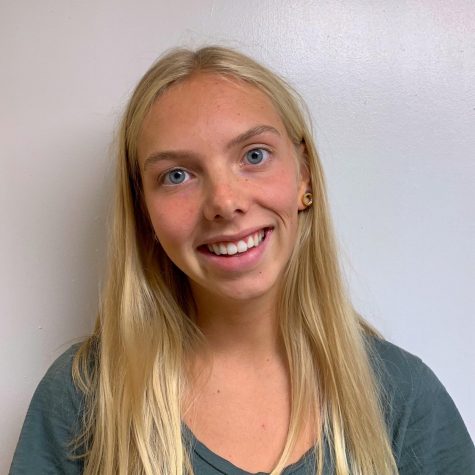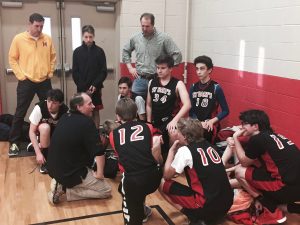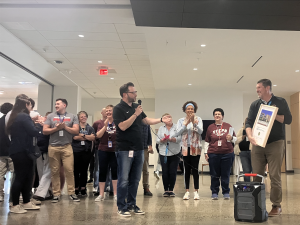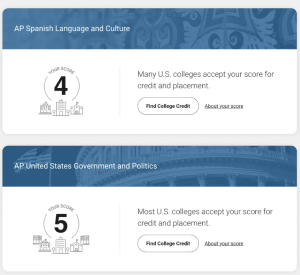How does contact tracing work?
May 6, 2021
With peers being pulled out of the classroom mid-class, students have had a lot of questions and curiosities about the school’s contact tracing process. Here are some answers.
Who gets contact traced?
When a student informs the school that they have tested positive for COVID-19 and have attended in-person school, the administration looks at that student’s schedule and determines what classes they have, where they sit in those classes, who they sit next to, and whether they participate in any sports or other school-related activities. Based on that information, they submit a list of students whom they believe could have been infected to the Fairfax Health Department (FHD).
This list is composed of the students who get contact traced. The school calls these students’ parents and puts them “on pause” for 48 hours. This means that the student is sent home and has to remain home for at least two days. If the student gets contacted by Fairfax Health Department, they have to follow their guidelines. If the student doesn’t get a call, they have been ruled out of the investigation and can by default go back to school after 48 hours. The call from the administration is mostly a courtesy call, as the school has no power to decide how to proceed past contact tracing.
What happens after students have been sent home?
The FHD launches an investigation. First, they call the infected student and ask them a series of questions, such as who they sit next to at lunch, who they ride to school with, and whether they have visited a counselor or teacher for extra help.
They then decide who, based on information given by the school and the student, to call. The students who get called by the FHD are typically informed that they have to quarantine for 14 days since the last contact with the positive student. This means that the student has to stay home and is not allowed to go to school or participate in any school-related activities.
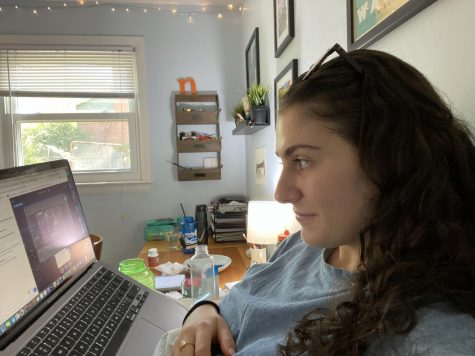
What is/isn’t FCCPS allowed to do?
FCCPS schools do not tell people to quarantine, since FHD are the only ones with that authority. Since FCCPS cannot give medical advice, all they can do, again, is put people “on pause” and wait for further notice from FHD.
Does the protocol differ for people who are vaccinated (first/second dose?) or have antibodies?
FHD recently changed guidelines, making it so that students who have tested positive within the past 90 days do not have to be contact traced or submitted to the FHD for further investigation as they have antibodies, rendering them immune for about 3 months. The same applies for students who are fully vaccinated, meaning they’ve received both doses, and two weeks have passed since their last dose. Since the vaccine is not in full effect until then, the school must honor the possibility that the students who are partially vaccinated, though unlikely, might have contracted COVID-19.
How does getting contact traced affect students?
“It was really disappointing to not be able to be with my team at our volleyball state-semifinals, especially since I had a negative COVID test, but I understand that the health department is trying to keep everybody safe,” said junior Natalie Burke, who was contact traced and had to quarantine for 14 days. “It is just frustrating because it’s all out of my control.”
Coral Rankin, also a junior, weighed in, explaining that she was exposed to the student in question when they sat outside for lunch one day. “It’s a real bummer because I got my second dose of the vaccine the day after, which means I was more than 50% immune at the time,” she said. “I also tested negative, so it’s unfortunate that neither of those factors allowed me to go back. I definitely prefer in-person school to virtual and missing lacrosse has been pretty disappointing, but I understand that they have to be careful and follow certain procedures.”



